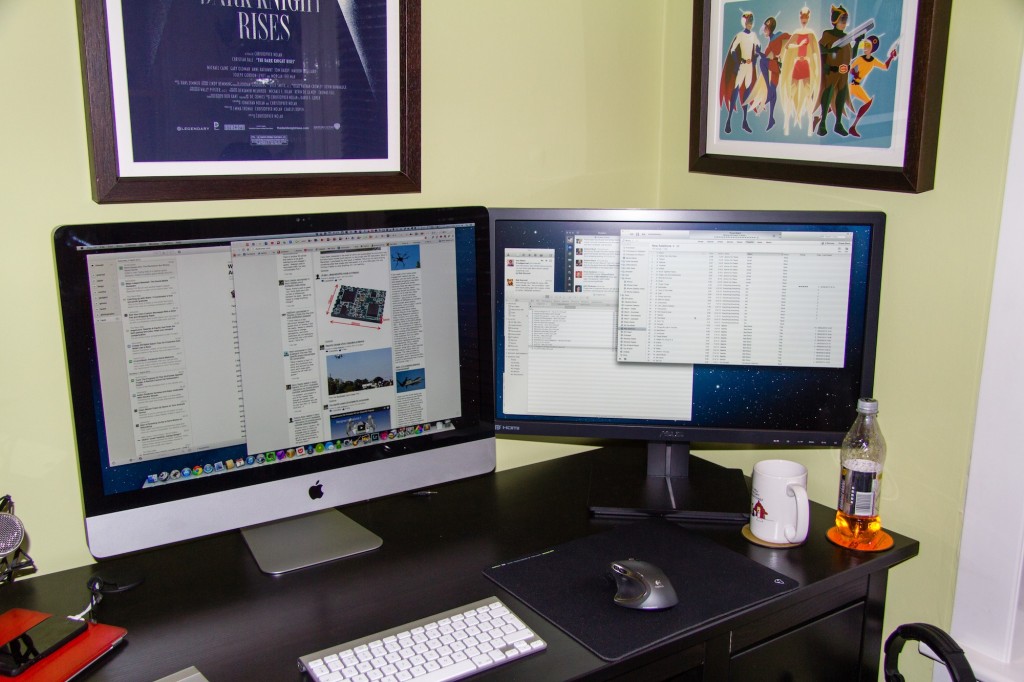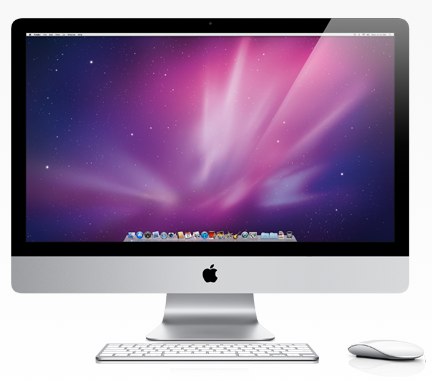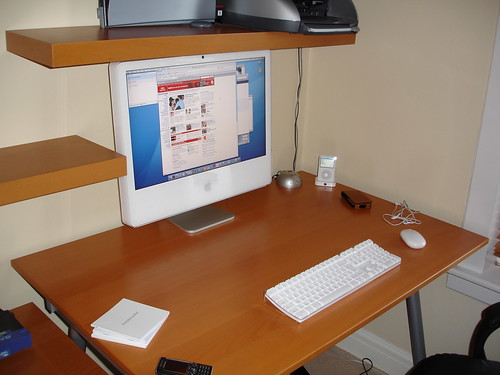I picked up my iMac back in 2011. As usual with Apple products I ordered the smallest RAM possible and picked up some Crucial to take it to 16GB. At the same time a colleague was also buying an iMac so I passed on the Apple RAM at a low cost to him as it was no use to me. That was my first mistake.
Over the last year I was getting infrequent crashes, every 2-3 weeks, almost always when iTunes was running. I put it down to software and looking at the crash dumps I was always drawn to a graphics card driver issue. I dismissed it as that, hoping an OS X update at some point would resolve it. It didn’t. That was my second mistake.
At Christmas I dug deeper, downloading a memory module checker and checking the RAM chips individually. Turns out I had some faulty RAM and that was something that I had introduced to the system. I bought some replacements (RAM is ridiculously cheap now) and in the last three months I have had zero crashes. Happy days but a lesson learnt. I’d still recommend buying a Mac with the minimum amount of RAM assuming you can easily replace it, but keep the Apple original in case your replacement chips are faulty and if you ever have to return the Mac to Apple.
One aspect I’ve loved with the iMac is the screen. 27 inch and with a resolution of 2560×1440 it’s been a joy to use. Despite it’s size though, I’ve often wished for more. A second screen would really help day to day and especially with the podcast. After thinking and researching for a while I finally plumped for the Asus PB278Q.


The Asus comes with lots of connectivity options – HDMI, DisplayPort, VGA and DVI and admirably comes with a full set of cables in the box. However for the iMac I needed an mini-DisplayPort to DisplayPort but there are some great sub £10 options on Amazon. Setup was easy. Plugin the cable, power up the monitor and the iMac auto detected the screen and enabled an extended desktop giving a total resolution of 5120×1440. Thats a lot of pixels and brings me to my biggest fear when it comes to screens. Dead pixels.
I shouldn’t really check as chances are in day to day use it would be unnoticeable…unless you go hunting, but hunting I went. Happily the Asus has no dead or stuck pixels. The screen itself is more matte than the iMac so reflections are much reduced. As for the screen itself I think it’s excellent. Clear and crisp, no noticeable lag with my ageing eyes and I can use it easily all day long without any tiredness. Applications were well sized, nothing too small or unclear and full screen video was crisp and clear – no smearing that I could see. I don’t really game too much on the Mac although have been bitten by the emulator bug over the last couple of weeks, but that’s for another post, but the games I tried all played well.
The menu controls are easy to use and give you full control over screen colour, brightness etc and also allow you to flick between a number of presets. It was straightforward to match the iMac display so it looked roughly the same to my eye’s. You can also control audio levels as the monitor has built in speakers which are ok, but nothing spectacular. You can alter menu positions, menu language and also turn off the power light indicator which makes the display on the front of HDMI and DisplayPort logo’s even more annoying. I might have to find some black tape. Apart from that I’ve nothing more to say technically about the monitor and I’ll point you to TFT Centrals review of the PB278Q which is incredibly detailed and covers all aspects of the monitor. Suffice to say, they liked it.
I’ve had the monitor for a week now and love it. It’s a luxury purchase but delivers a big gain in productivity. 2 years ago I was sure I didn’t need anything more than a 27 inch monitor, I’m now pretty sure that I don’t need a third monitor…but in 5 years time will it be two retina monitors? Time will tell.

